Vietnam: What does absolute monarchy mean? What are the guidelines for comparing absolute monarchy and constitutional monarchy?
What does absolute monarchy mean? What are the guidelines for comparing absolute monarchy and constitutional monarchy?
1. What does absolute monarchy mean?
"Absolute monarchy" means a form of government where the monarch holds all the power. In this system, the monarch or queen is not restricted by a constitution or any laws and often rules based on the principle of divine right or possessing absolute centralized power. Notable examples include the reigns of Louis XIV (France), Emperor Qin Shi Huang (Qin Dynasty - China), monarch Ly Thai To (Ly Dynasty - Vietnam), and monarch Tran Thanh Tong (Tran Dynasty - Vietnam).
* Characteristics of absolute monarchy policies:
- The monarch has executive, legislative, and judicial powers.
- There are no supervisory bodies or limitations on the monarch's power.
- Power is hereditary, particularly through a father-to-son succession system.
- Often based on a divine belief that the monarch's power is granted by God.
2. What does constitutional monarchy mean?
"Constitutional monarchy" means a political regime in which the powers of the monarch (emperor, empress, monarch...) are limited by the legislative power of the parliament, as defined by a constitution and laws. Rather than holding absolute power, the monarch primarily serves a ceremonial role and performs rituals. Real power typically lies with a parliament and government elected by the people. Prominent examples include the United Kingdom, Japan, and Sweden.
* Characteristics of constitutional monarchy:
- The monarch’s powers are clearly limited by the constitution.
- The parliament or legislative body represents the will of the people.
- The monarch primarily serves as a symbol and conducts national ceremonies.
- There is a separation and balance of powers.
3. Comparison of absolute monarchy and constitutional monarchy
| Criteria | Absolute Monarchy | Constitutional Monarchy |
| Power of the monarch | Absolute, not limited by laws. | Limited by the constitution and laws. |
| Legislative body | The monarch holds legislative power. | Parliament or legislature makes laws representing the people. |
| Role of the monarch | Directly governs and administers all aspects of national life. | Primarily symbolic and performs rituals. |
| Source of Power | Often based on divine right or hereditary succession. | Based on the constitution and societal consensus. |
| People's Freedom | Restricted, dependent on the monarch's will. | Guaranteed and clearly defined in the constitution. |
| Example | France under Louis XIV, Tsarist Russia before the revolution. | Modern United Kingdom, Japan, Sweden. |
Note: Content is for reference only!
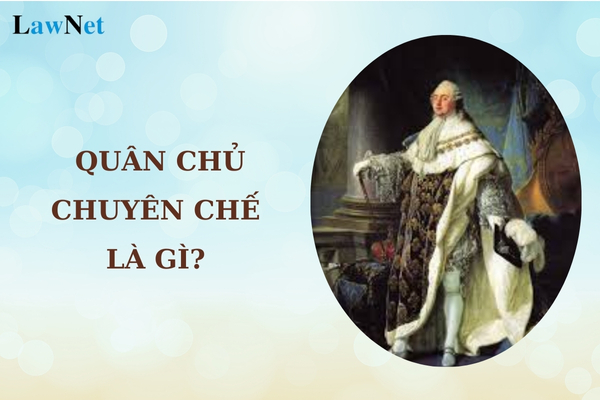
What does absolute monarchy mean? What are the guidelines for comparing absolute monarchy and constitutional monarchy? (Image from the Internet)
What are the perspectives on developing the History and Geography curricula at the lower secondary level in Vietnam?
Under Section II of the General education program for History and Geography at the lower secondary level promulgated with Circular 32/2018/TT-BGDDT, the perspectives on developing the History and Geography curricula at the lower secondary level in Vietnam are as follows:
The History and Geography curricula at the lower secondary level adhere to the provisions in the overall program while emphasizing several points of view:
(1) The curriculum aims to develop scientific thinking in students, allowing them to view the world as an integrated whole in both spatial and temporal dimensions based on fundamental knowledge and learning tools for researching history and geography; thereby, forming and developing specific abilities along with general competencies, especially the ability to apply knowledge and skills in practice and creativity.
(2) The curriculum inherits and promotes the strengths of the History and Geography subjects in the current general education curriculum and absorbs the experience of subject curriculum development from advanced countries. The subject content ensures equipping students with foundational, comprehensive, and scientific general knowledge; suitable for the psychological and cognitive characteristics of students, taking into account the teaching conditions in Vietnamese schools.
(3) The historical education content is designed chronologically, from prehistoric times through ancient, medieval to modern and contemporary times; in each period, there's an interleaving of world history, regional history, and Vietnamese history. The geography education content flows from general geography to regional geography and Vietnamese geography. It emphasizes selecting themes, connecting knowledge and skills to form and develop competencies in students while valuing the distinctive features of historical and geographical sciences.
(4) The curriculum emphasizes the application of active educational methods, highlighting the use of varied teaching aids and diversifying teaching and assessment methods to form and develop qualities and competencies in students.
(5) The curriculum ensures connectivity with the primary History and Geography curriculum and the History and Geography curriculum at the upper secondary level; ensuring coherence and connectivity between classes, education levels, and subjects, as well as educational activities in the general education program.
(6) The curriculum is open, allowing flexible implementation depending on local conditions, the target student groups (students in disadvantaged areas, students with special support needs, etc.).
What are the objectives of the History and Geography curricula at the lower secondary level in Vietnam?
Under Section III of the General education program for History and Geography at the lower secondary level issued with Circular 32/2018/TT-BGDDT, the objectives of the History and Geography curricula at the lower secondary level in Vietnam are outlined as follows:
- The History and Geography curricula at the lower secondary level contribute, along with other subjects and educational activities, to forming and developing students' essential qualities and general competencies.
- The History and Geography curricula at the lower secondary level develop students’ historical and geographical competence based on selected fundamental knowledge about world, national, and local history and geography; natural, socio-economic, and cultural processes occurring across space and time; the interaction between human society and the natural environment. It helps students learn to use historical and geographical scientific tools for study and application in practice and, alongside other subjects and educational activities, fosters in students the essential qualities and general competencies, especially patriotism, pride in national traditions, respect for the diversity of world history and human culture, inspiring a desire to explore the world around them and apply what they have learned to real-life situations.
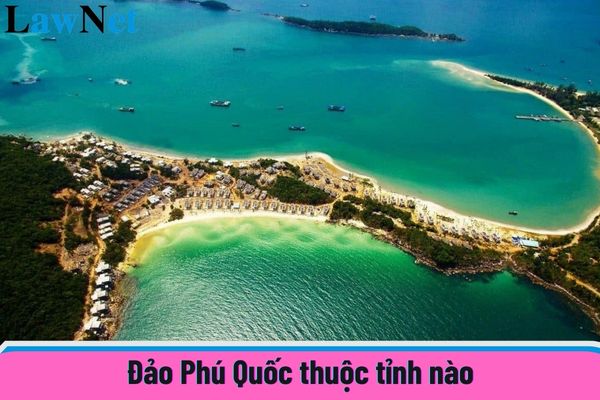


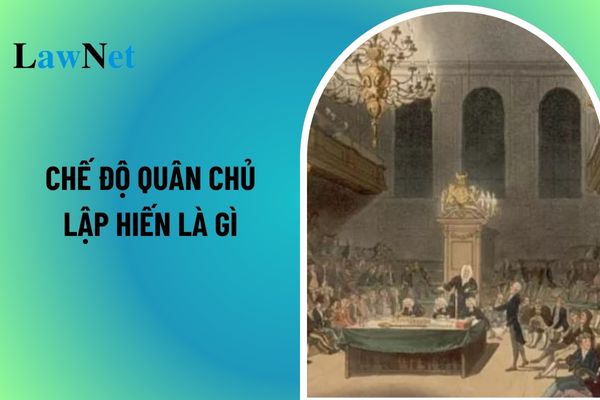
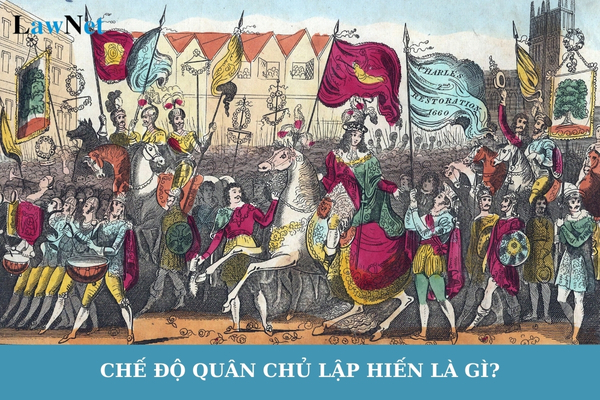

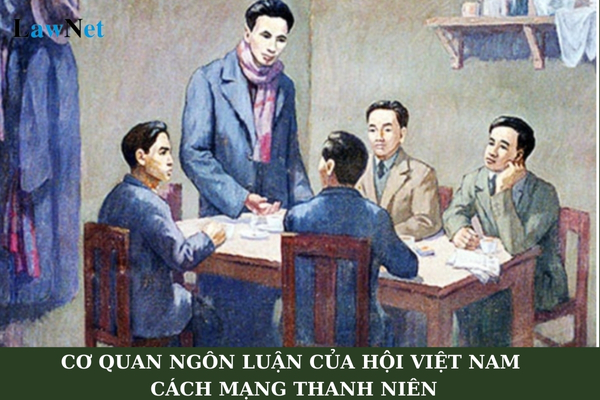
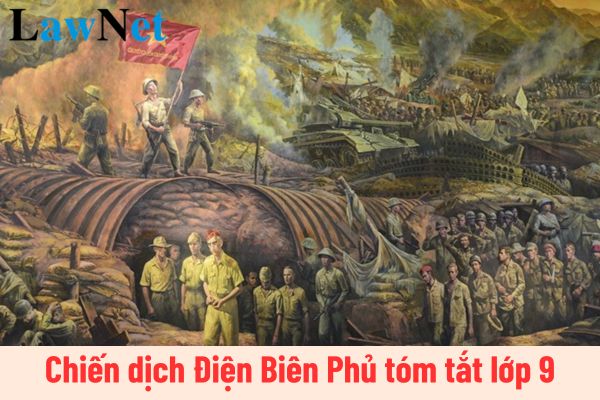
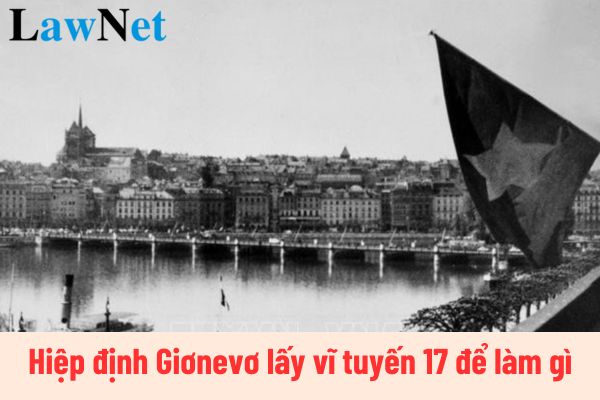
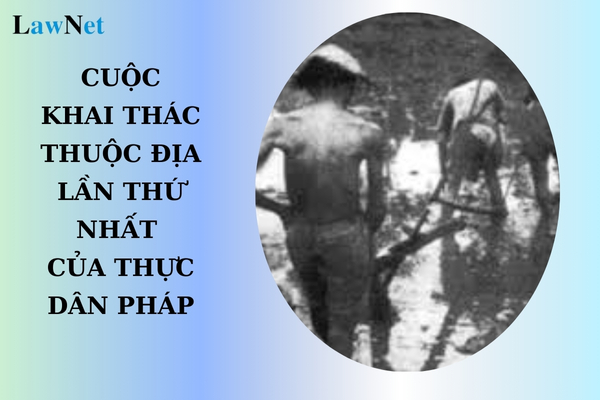
- What is the sample entry for the Excellent Preschool Teacher Contest? What are the regulations on educational activities in preschools in Vietnam?
- What is the sample argumentative essay on the role of Vietnamese youth in nation building? Is assessing 7th-grade students in Vietnam the responsibility of subject teachers?
- What are the sample introductions for an expressive essay about mother? Are 7th-grade students in Vietnam required to be able to write an expressive essay?
- What are the guidelines for preparing the lesson "Chiếu dời đô" for 8th-grade students in Vietnam? What genre does the work "Chiếu dời đô" in the 8th-grade Literature curriculum belong to?
- How many lessons does the National Defense and Security Education curriculum in Vietnam include?
- What are the Top 3 sample descriptive essays on hometown for 5th-grade students? When are 5th-grade students in Vietnam confirmed to have completed the primary education program?
- What are the best poems about sibling love in the family? What are the regulations on the assessment of the learning and training results of primary school students in Vietnam?
- What are the guidelines for preparing the shortest lesson "Một thời đại trong thi ca"? What are the criteria for selecting text corpus used in the Literature curricula in Vietnam?
- What are the sample argumentative essays on vulgar language and swearing among students? What is the code of conduct for students within schools in Vietnam?
- What are the sample explanative essays on some distinctive qualities of Vietnamese people? What does the writing practice in the 11th-grade Literature curriculum in Vietnam include?

